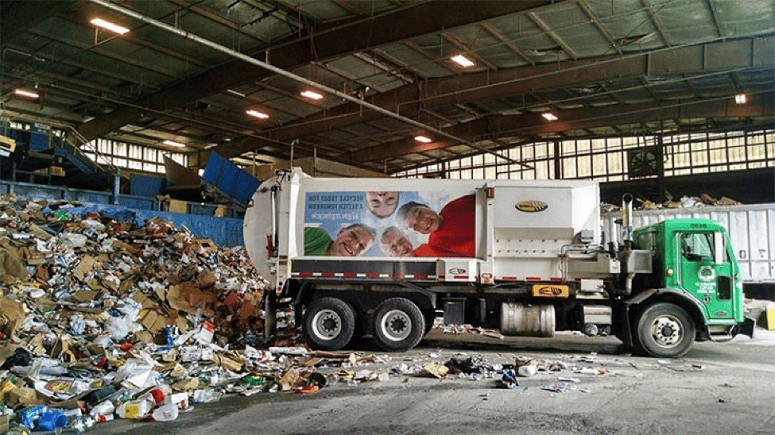As we celebrate Earth Day, SEMCOG is excited to announce its partnership with Circular Great Lakes, a regional initiative that focuses on keeping plastic materials out of the waste stream and the Great Lakes. This mission is consistent with SEMCOG priorities to address gaps in recycling and increase the effective management of solid waste throughout Southeast Michigan.
CGL is working to create a circular waste economy, which means closing the loop on the life cycle of plastics. This involves increasing reuse of materials, developing a local market for recycling, and educating people on how to more consistently reduce, reuse, and recycle. As outlined in SEMCOG’s Water Resource Plan for Southeast Michigan, it is a regional policy to ensure economic development and infrastructure planning are aligned, in order to protect and improve water quality throughout the Great Lakes Region. SEMCOG’s collaboration with CGL as a knowledge partner will support implementation of this regional policy.
More than 20 knowledge partners from government, academia, and nonprofit sectors are supporting this initiative and uniting to actively combat plastic waste and pollution in the Great Lakes. Together, this partnership will develop a five-year strategy and action plan to move the ball forward on developing a sustainable recycling network. CGL is currently conducting a gap analysis to better understand management of solid waste and recycling in the Great Lakes region. This analysis will identify areas where best management practices and development are needed and help to inform the five-year strategy.
Plastic, glass, paper, and cardboard are common materials in our everyday lives. Our food is wrapped in plastic and glass containers. Online shopping brings goods right to our door, along with plenty of single-use packaging, and our groceries typically come home in paper and plastic bags. But what happens when we dispose of these items? While we hope many of these items get recycled and reused, recycling is a complicated process doesn’t always reduce the amount of materials we use as much as we might think.
Michigan’s recycling rate is around 15 percent, lower than most other states in the Great Lakes region. It is estimated that more than $435 million in recyclable material goes to landfills around the state each year. Michigan has set a goal to improve the state’s recycling rate to 45 percent over the next few years, but many steps are required to get there. Improving recycling access, increasing recycling infrastructure, and developing a statewide circular economy for recycling are needed to bridge this recycling gap.

There’s a lot of work to be done to improve recycling across the Great Lakes region, but you have the ability to take action in your own community. I recommend the Recycling Raccoons’ Know It Before you Throw It guide to learn more about how you can be a good recycler in your community.
https://recyclingraccoons.org/wp-content/uploads/2019/11/RecyclingRules.pdf

Leave a Reply